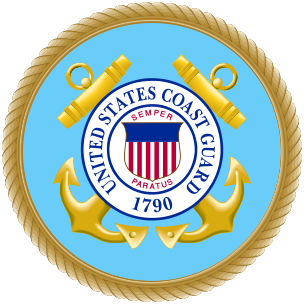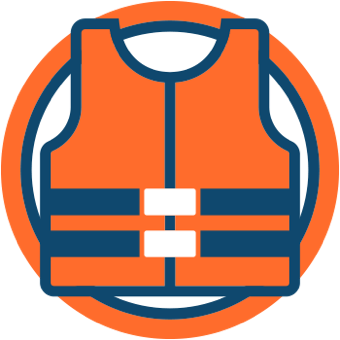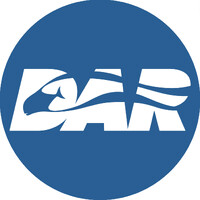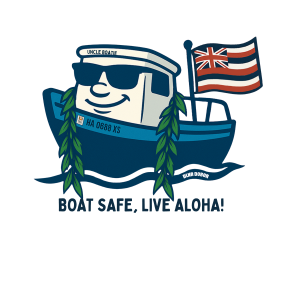Boating In Hawaii – Education
The resources provided below will help improve both your boating experience in Hawaii and your safety while on ocean waters. Education is a key element in your safety on the water. The more you know about boating, the more you will enjoy it.
- Mandatory Boating Education Rule: Individuals who operate a motorized vessel in Hawaii’s State waters must have taken a NASBLA and State-approved boating safety course and show proof of certification upon demand by law enforcement.
- Mandatory Thrill Craft Education Rule: In Hawaii, no person under the age of 15 may operate a PWC. All PWC operators must be certified to operate their vessels in State waters.
- Boat Basics: General information about boats
- Anchoring Awareness: DOBOR Flyer
- Diving & Snorkeling: Boaters and divers have a shared responsibility. Boaters must watch for and avoid dive flags (slow no wake within 200 feet) and divers must mark their positions with a dive flag. Dive shops and the public may request copies of Posting a lookout. This poster is copyrighted and appears on this website with permission of the designer, Viki Nasu Design Group.
- Carbon Monoxide Hazards on Recreational Boats
- Required Markings for Bottom Fishing Vessels: All vessels engaging in bottom fishing must display proper markings, even if the catch is for home consumption.
- EPIRB or VHF Radio: Pursuant to Act 54: effective January 1, 2004, all vessels more than 1 mile offshore must have a EPIRB or VHF radio on board. As of January 1, 2007, older EPIRBs operating on the 121.5 MHz and 243 MHz frequencies are prohibited from use by the U.S. Coast Guard. Commercial boats operating more than three (3) miles off shore are required to carry 406 MHz digital EPIRBs. In Hawaii, recreational vessels operating more than one mile offshore, unless otherwise equipped with a VHF radio, are required to carry a U.S. Coast Guard approved EPIRB as well.
- What to Know Before You Go (Map): There are numerous off-limits areas in Hawaiian waters. The Ocean Recreation Management Areas map will tell you where you can and cannot go. Some are patrolled by the military for your own safety. Boat Smart, Get a Chart.
- Even in Hawaii: HYPOTHERMIA!
- Life Jackets: They Float, You Don’t Life Jackets = PFDs (Personal Flotation Device)
- Life Jackets for Children
- Managing Boat Wastes: Excerpt from U.S. Coast Guard publication
- Personal Watercraft (PWC) safety basics: In Hawaii, no person under the age of 15 may operate a PWC. All PWC operators must be certified to operate their vessels in State waters. For details, please view the administrative rules.
- Pumpouts in Hawaii: DOBOR Flyer: Contact the DOBOR harbor facility for more information
- Vessel Registration and Titling
- How to Dispose of Your Vessel in Hawaii
- WHO SHOULD I CALL?: Whom to contact when emergency situations arise
- Registry of Certified Vessel Operators: To archive your boating credential and seek reciprocity with DOBOR
- Miles Out At Sea: Fire extinguishers and maintaining them
- National Saltwater Angler Registry: fishing outside of State waters
- Paddle Sports Safety Course (FREE)
- USCG Notice To Mariners
Additional Resources:
|
|
*If you are an educator and would like a DOBOR representative to give a short presentation on boating or ocean safety—or if you would like to request educational materials (such as posters or coloring books)—please contact us at [email protected].
Updated on 09.10.25




